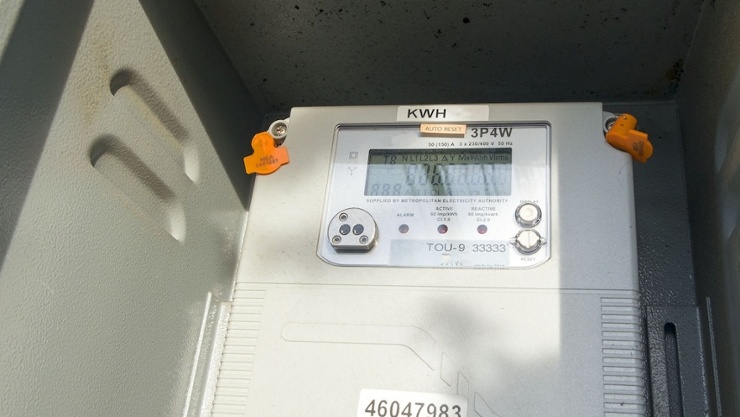 Artificial intelligence and machine learning enable grid operators to segment customers based on customer consumption profiles derived from their AMI data. Armed with these customer segment insights, operators can now make much better product, pricing and marketing decisions.
Artificial intelligence and machine learning enable grid operators to segment customers based on customer consumption profiles derived from their AMI data. Armed with these customer segment insights, operators can now make much better product, pricing and marketing decisions.
Smart metering systems are being rapidly deployed across the globe. In the US, more than half of all households already had smart meters by the end of 2016 and, by 2020, more than 70% will as 90 million meters are planned to be in place. In the European Union, nearly 72% of all consumers will have smart meters by 2020, and 40% will have one for gas. In Norway, all energy consumers must have smart meters by January 1st, 2019. Consequently, enormous amounts of data are now cascading into grid operators and creating vast, new opportunities for product development and targeted marketing activities.
Read also our guide to efficient power grid operations for the digital age.
Making better decisions through deep AMI customer data analysis
My colleagues at eSmart Systems and I help grid operators to make better decisions. We analyze their entire customer base, define consumption profiles for a typical workday and weekend (summer and winter) and, based on our findings, we ideintify customer groups and insights that enable operators make better decisions in a range of value-creating scenarios:
- Pricing strategy: How should we set our tariffs?
- Segmentation: Which customer profiles and groups are ideal matches for products and services we already provide?
- Service and product development: Who are our different customers? What products and services can we develop for them? It’s easy, for example, to spot the difference between a residential area and a leisure home area, which have two very different customer profiles and needs, and should be exposed to entirely different offerings.
- Marketing: Algorithms detect changes in consumption profiles, which makes it possible to automate send-outs with marketing messages targeting customers who have installed solar panels or have an electric car.
Using machine learning and artificial intelligence to segment your customers
In the first phase of segmentation, our preferred method is to use the so-called dimensionality reduction techniques. They may vary from classic and relatively simple linear statistical methods, like principal component analysis (PCA), to more advanced non-linear methods, like t-SNE, to name one. Let's say we're creating a consumption profile for every customer based on consumption data from a typical summer weekend, summer workday, and from a winter weekend and workday, etc.
With hourly values from a 24-h period, we now have 4x24 h-numbers that describe a customer profile. One complicated challenge with so many variables is finding and visualizing clusters, as you need to describe customers in 96 dimensions. By employing dimensionality reduction techniques, we then map from 96 dimensions to a just two-four, which makes visualization easier. We can then find customers in the same group, which also makes it easier for a clustering algorithm to find good groups.
Clustering is about analyzing big volumes of data and finding groups of data that resemble each other. This is a popular method for identifying customer segments. A typical scenario for the energy sector is to use consumption data and identify various groups based on their consumption profile. It’s also possible to go deeper by drilling-down from primary groups to get more detail, which we call hierarchical clustering.
Conclusion
By employing machine learning and artificial intelligence distribution, network operators can gain deep and valuable smart meter data insights and build or maintain competitive edge. If I were you, I’d act now. You just might strike gold.



.png?width=250&height=64&name=Grid%20Vision%20logo(250%20x%2064%20px).png)